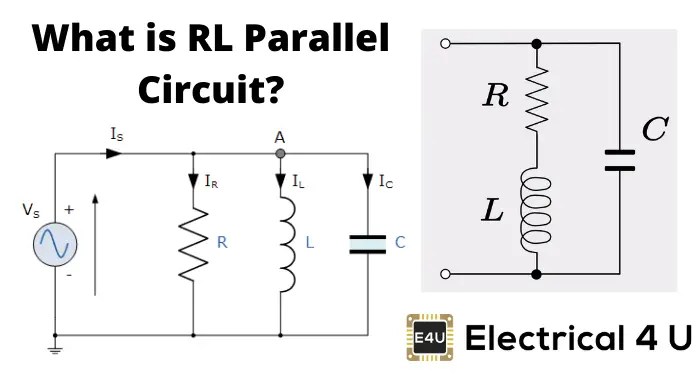11 1 series circuits and parallel siyavula multiple receptacle outlets wiring diagrams do it yourself help com electric how to wire a circuit in for br carol fey plumbing mechanical physics tutorial symbols what is combination electronics textbook analysis images transpa png free draw schematic diagram of brainly difference between with its practical applications real life schematics solar panels batteries learn sparkfun electronic adafruit industries unicorn horn cable pngwing rl electrical4u browse 4 281 stock photos vectors adobe resistors components s faqs comparison chart globe are fundamentals electricity chapter arduino go vs advantages disadvantages diffe arrangements bulbs examples electrical academia explanation led vol i direct cur dc building simple resistor work lighting basics power equivalent resistance wheatstone bridge terminal voltage battery kirchhoff rules the potentiometer construct controls

11 1 Series Circuits And Parallel Siyavula
Multiple Receptacle Outlets Wiring Diagrams Do It Yourself Help Com

Electric Circuits

How To Wire A Circuit In Parallel

Wiring Diagrams For Series And Parallel Circuits Br Carol Fey Plumbing Mechanical

Physics Tutorial Circuit Symbols And Diagrams

What Is A Series Parallel Circuit Combination Circuits Electronics Textbook

Circuit Analysis

Series And Parallel Circuits Images Transpa Png Free

Draw Schematic Diagram Of Series And Parallel Circuit Brainly In

Difference Between Series And Parallel Circuits With Its Practical Applications In Real Life
Multiple Receptacle Outlets Wiring Diagrams Do It Yourself Help Com

Schematics Wiring Solar Panels And Batteries In Series Parallel

Series And Parallel Circuits Learn Sparkfun Com

Physics Tutorial Parallel Circuits

Electronics Circuit Diagram Electronic Adafruit Industries Series And Parallel Circuits Unicorn Horn Cable Schematic Png Pngwing

Rl Parallel Circuit Electrical4u

Parallel Circuit Images Browse 4 281 Stock Photos Vectors And Adobe

Parallel Circuit Images Browse 4 281 Stock Photos Vectors And Adobe
11 1 series circuits and parallel siyavula multiple receptacle outlets wiring diagrams do it yourself help com electric how to wire a circuit in for br carol fey plumbing mechanical physics tutorial symbols what is combination electronics textbook analysis images transpa png free draw schematic diagram of brainly difference between with its practical applications real life schematics solar panels batteries learn sparkfun electronic adafruit industries unicorn horn cable pngwing rl electrical4u browse 4 281 stock photos vectors adobe resistors components s faqs comparison chart globe are fundamentals electricity chapter arduino go vs advantages disadvantages diffe arrangements bulbs examples electrical academia explanation led vol i direct cur dc building simple resistor work lighting basics power equivalent resistance wheatstone bridge terminal voltage battery kirchhoff rules the potentiometer construct controls


